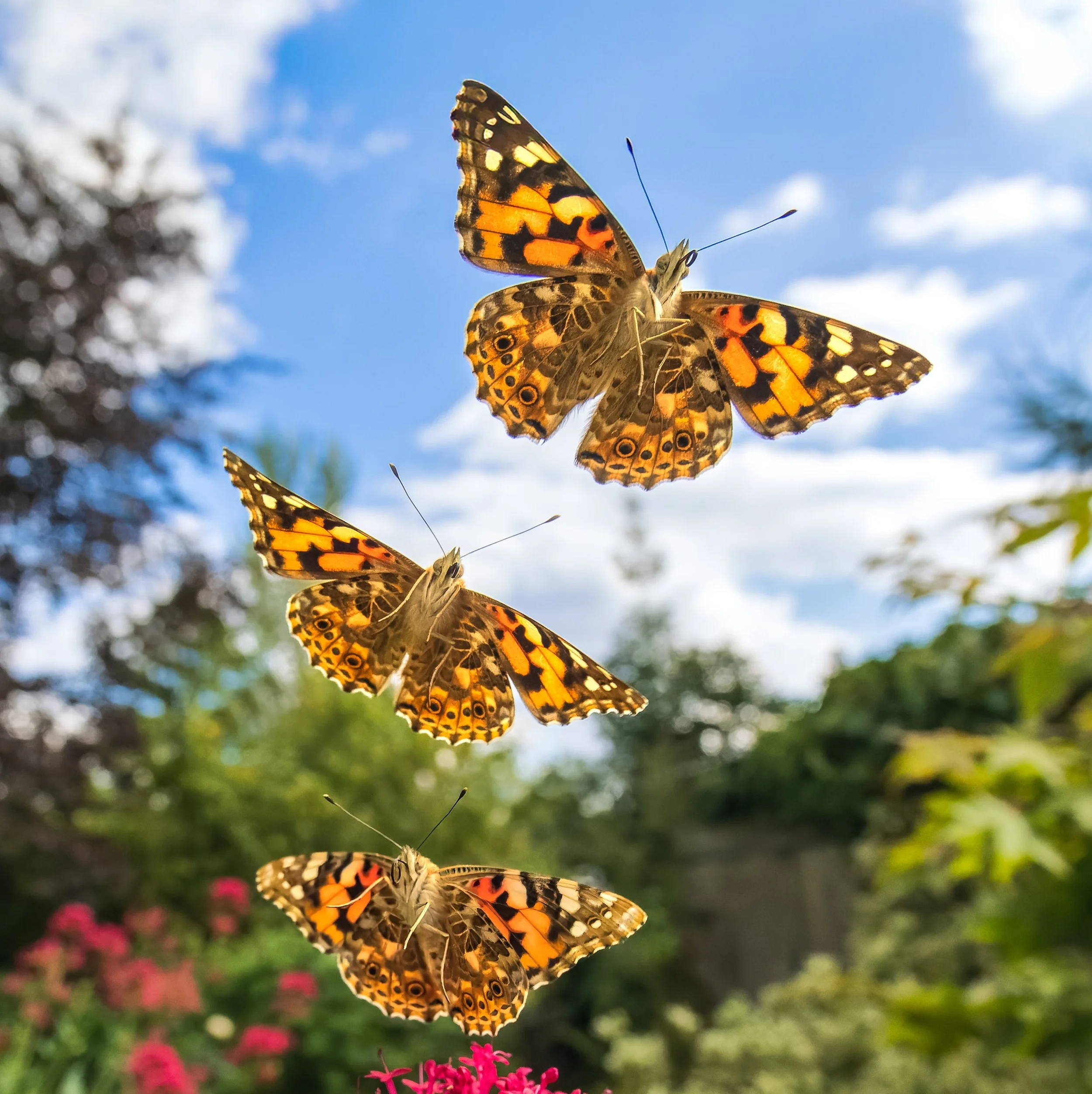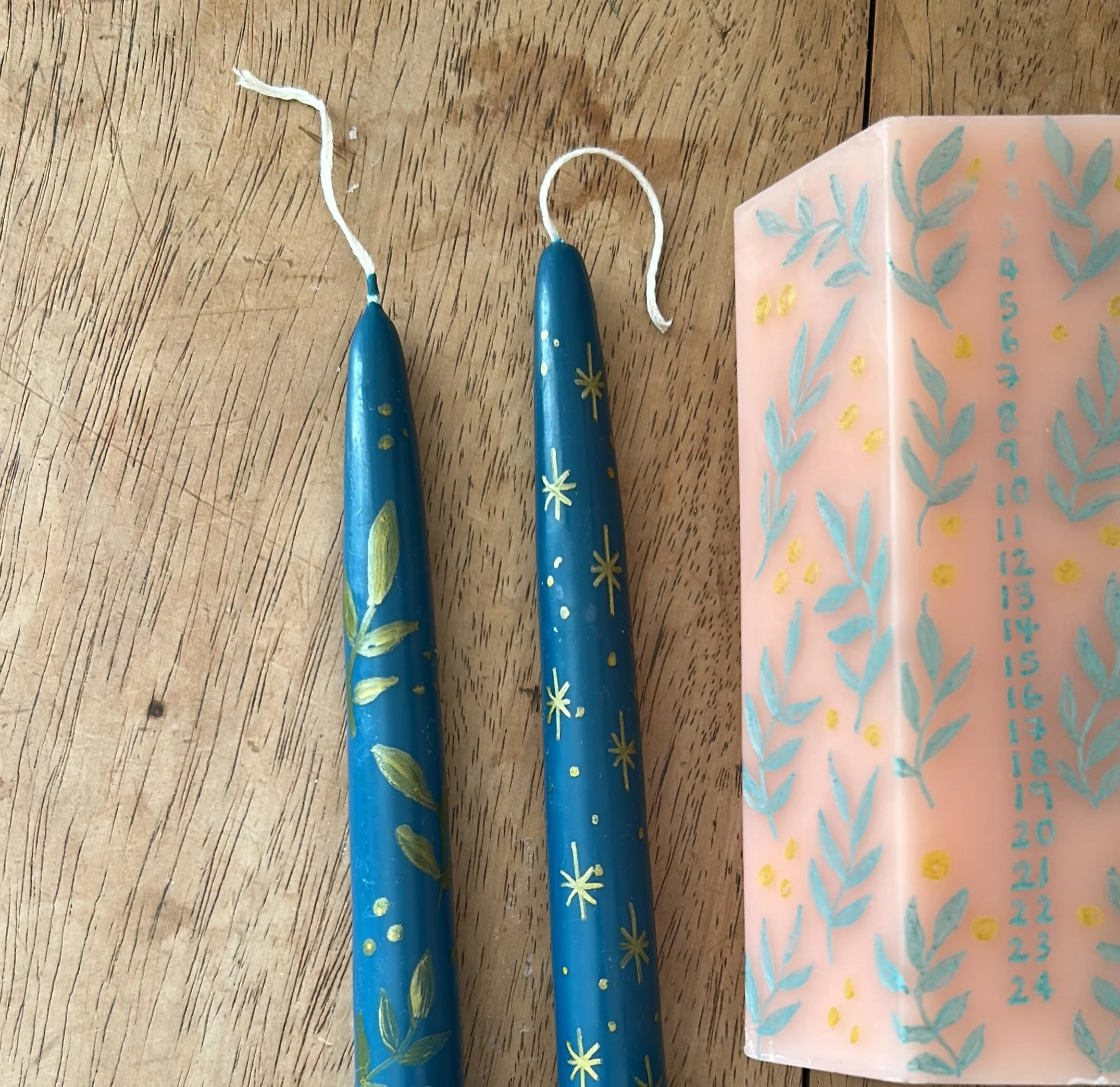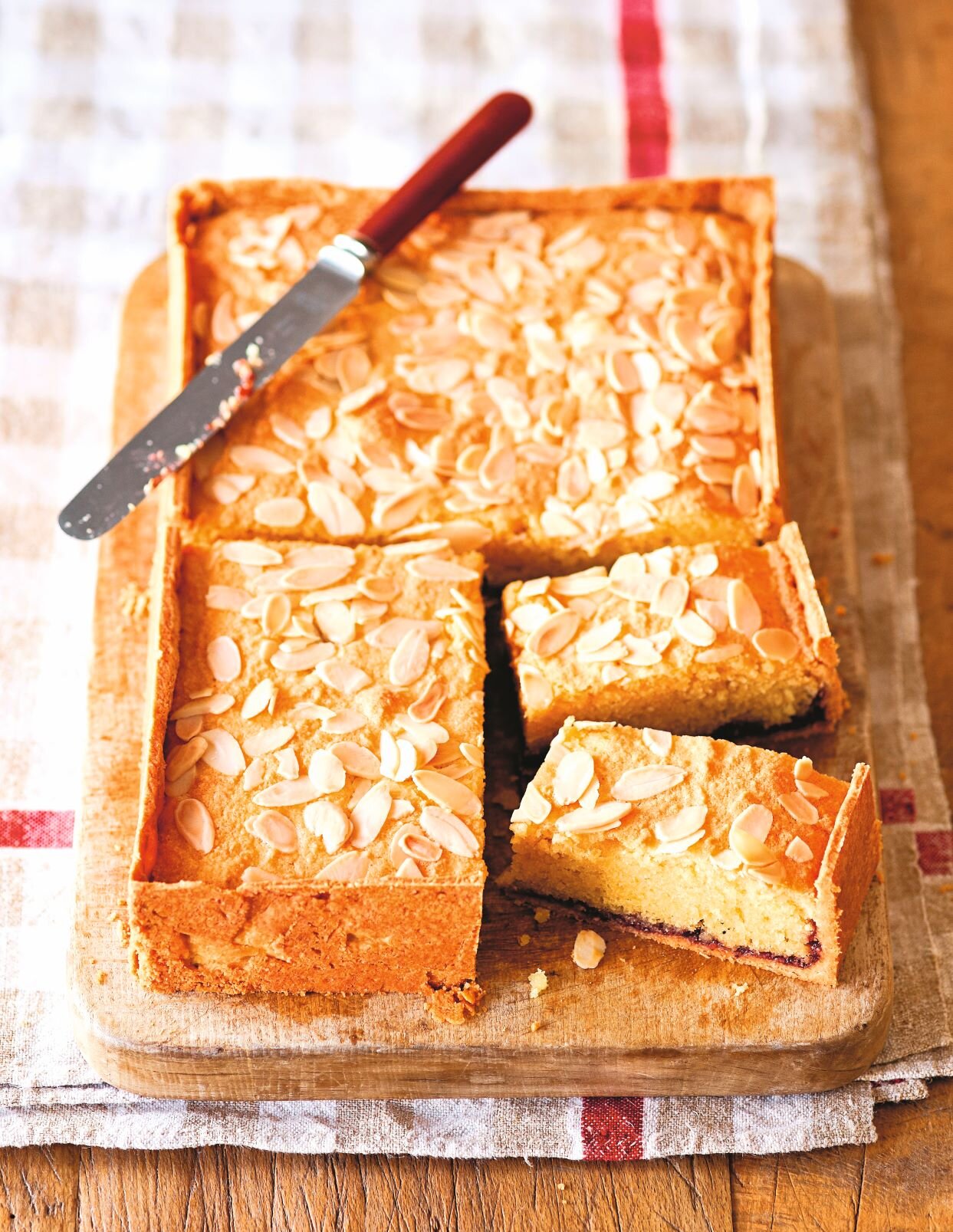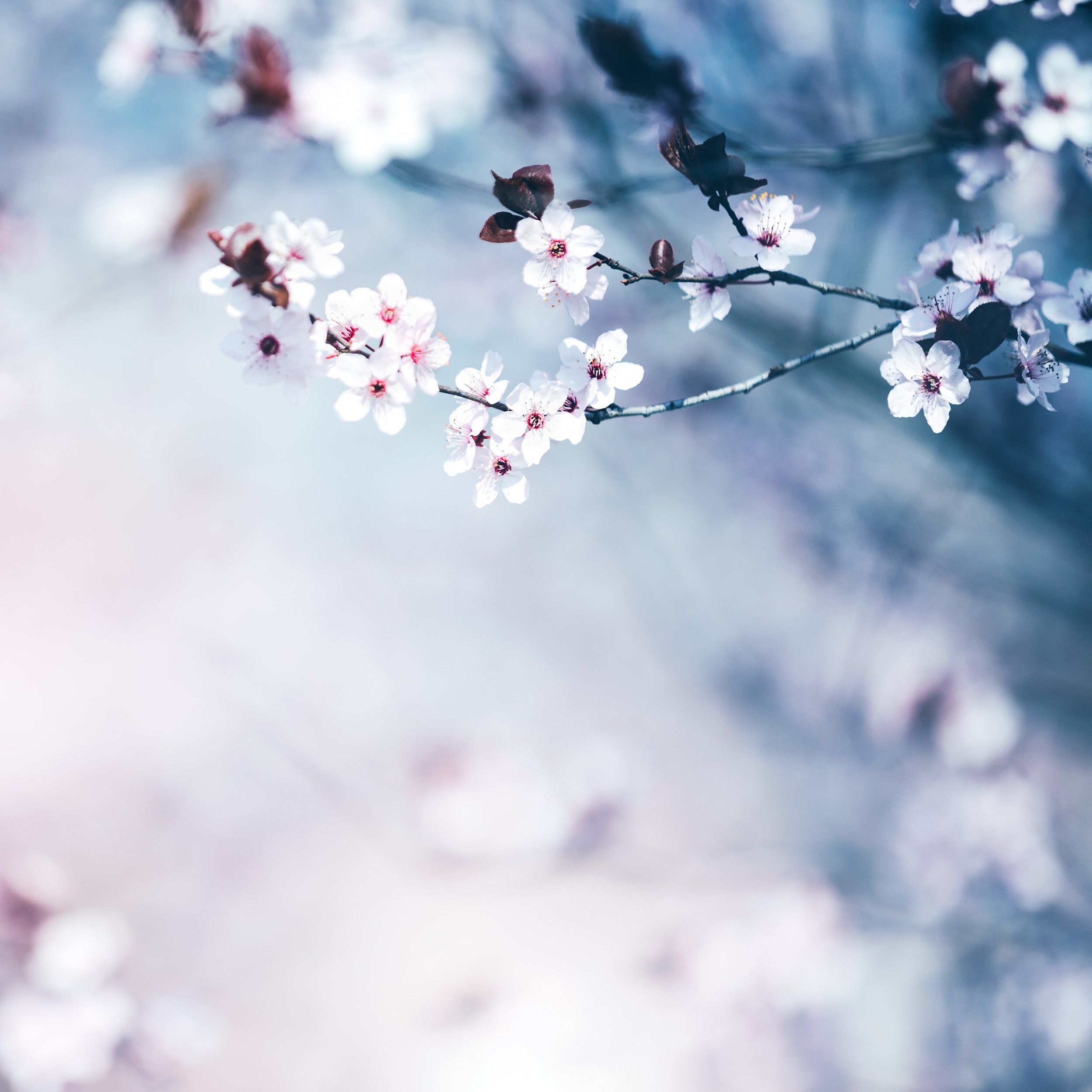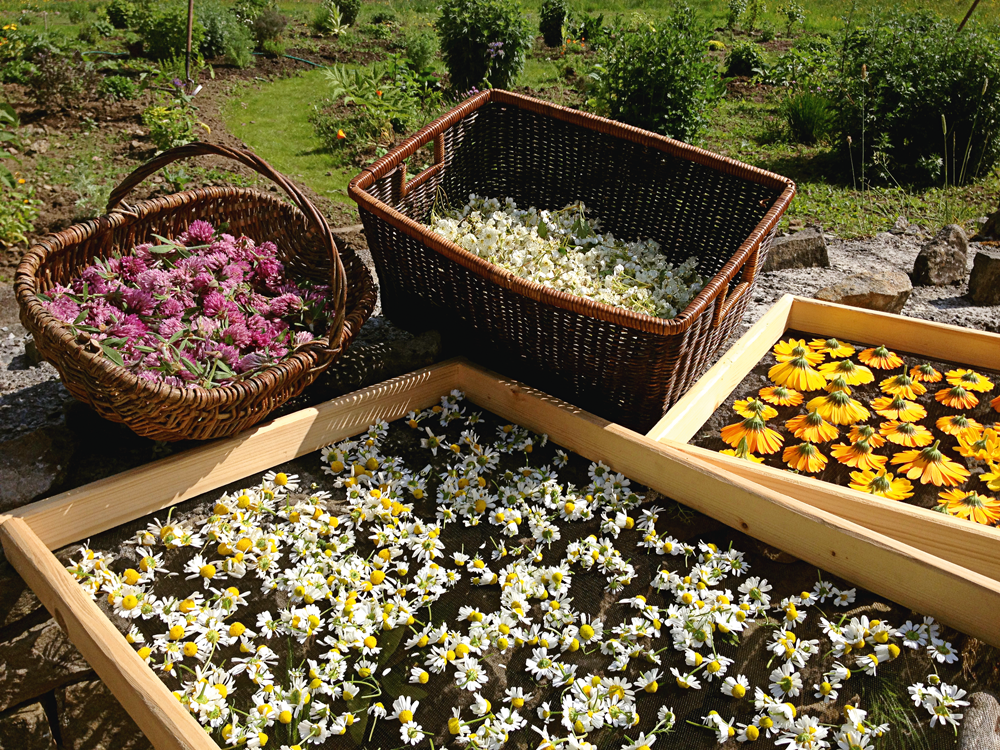We all know that being in nature is good for the soul, but maybe capturing images from nature can help, too. Here are eight ways photographing wildlife can improve your wellbeing
1. It gets you outdoors
Photographing nature also means you’re getting fresh air and sunshine (or daylight at the very least) both of which are good for you.
2. Just being outside often puts a bad day in perspective, too.
Try photographing the clouds or a big horizon and notice how your worries feel just a bit less significant.
3. Outdoor photography brings physical benefits
Walking in the woods, hiking up hills, squatting at the edge of fields waiting for the perfect moment… capturing nature on camera is surprisingly good exercise.
4. It boosts creativity…
…and being creative improves wellbeing, reduces your levels of stress hormones and helps to quieten the mind.
5. You can use photography to express feelings
Like writing or painting, photography of any kind can provide an outlet for your emotions, which in turn can help you feel more emotionally balanced. Doing so in an outdoor environment often makes it feel easier to access those emotions and connect with them, too.
6. Photography is good for your confidence
Having your patience rewarded by finally capturing the creature you were after, or getting a beautiful shot lit just the way you had hoped for, can be a huge positivity boost for anyone, from beginners to photography professionals.
7. It creates communities
While nature photography can certainly be a solo hobby, it can also be a very sociable thing, with lots of photography clubs and online groups to join. Sharing your work and seeing others’ work, too, is a lovely way to connect with people with similar interests and build a community.
8. It brings joy time and again
Capturing wildlife on camera gives you a boost at the time, but then also gives you a lift every time you scroll through your camera roll or see a memory pop up on your phone. Make the most of this feeling by printing some of your favourite photos out and framing them, or having them printed onto coasters to make you smile each time you see them.
If you’re inspired to have a go at nature photography yourself, you might enjoy meeting Andrew Fusek Peters in our September issue, who took the beautiful photo above, having used his hobby to recover from a period of poor mental health. You can see more of his work in his book, Garden Safari or at his website fusekphots.com.

